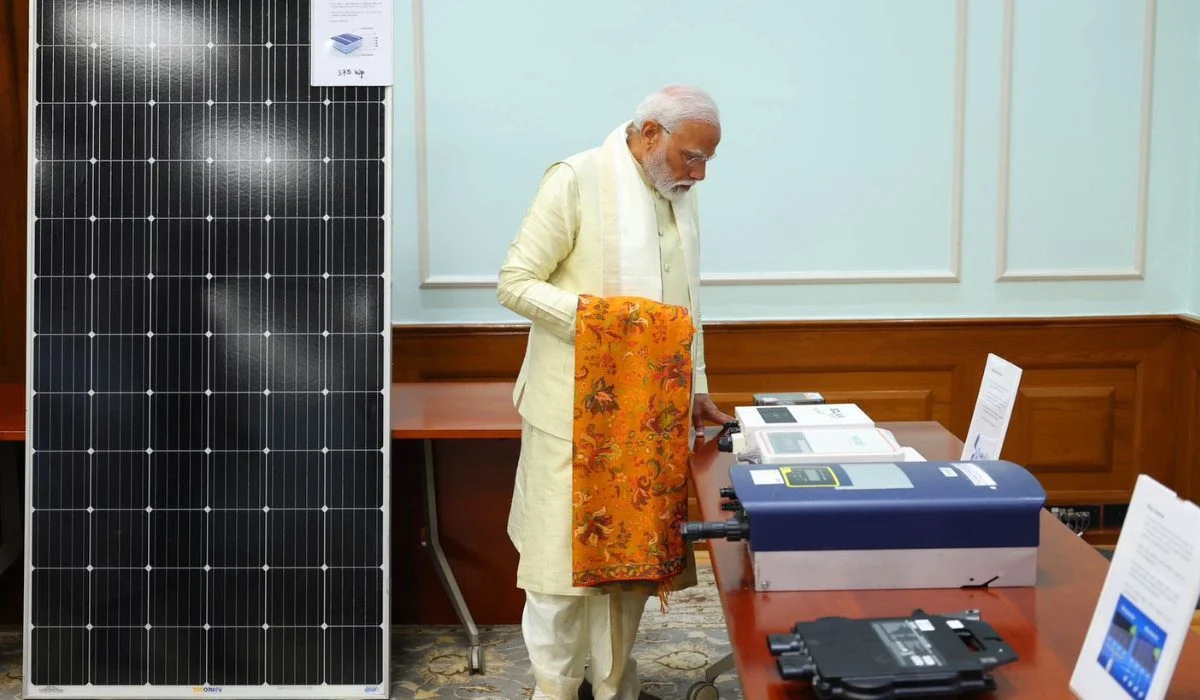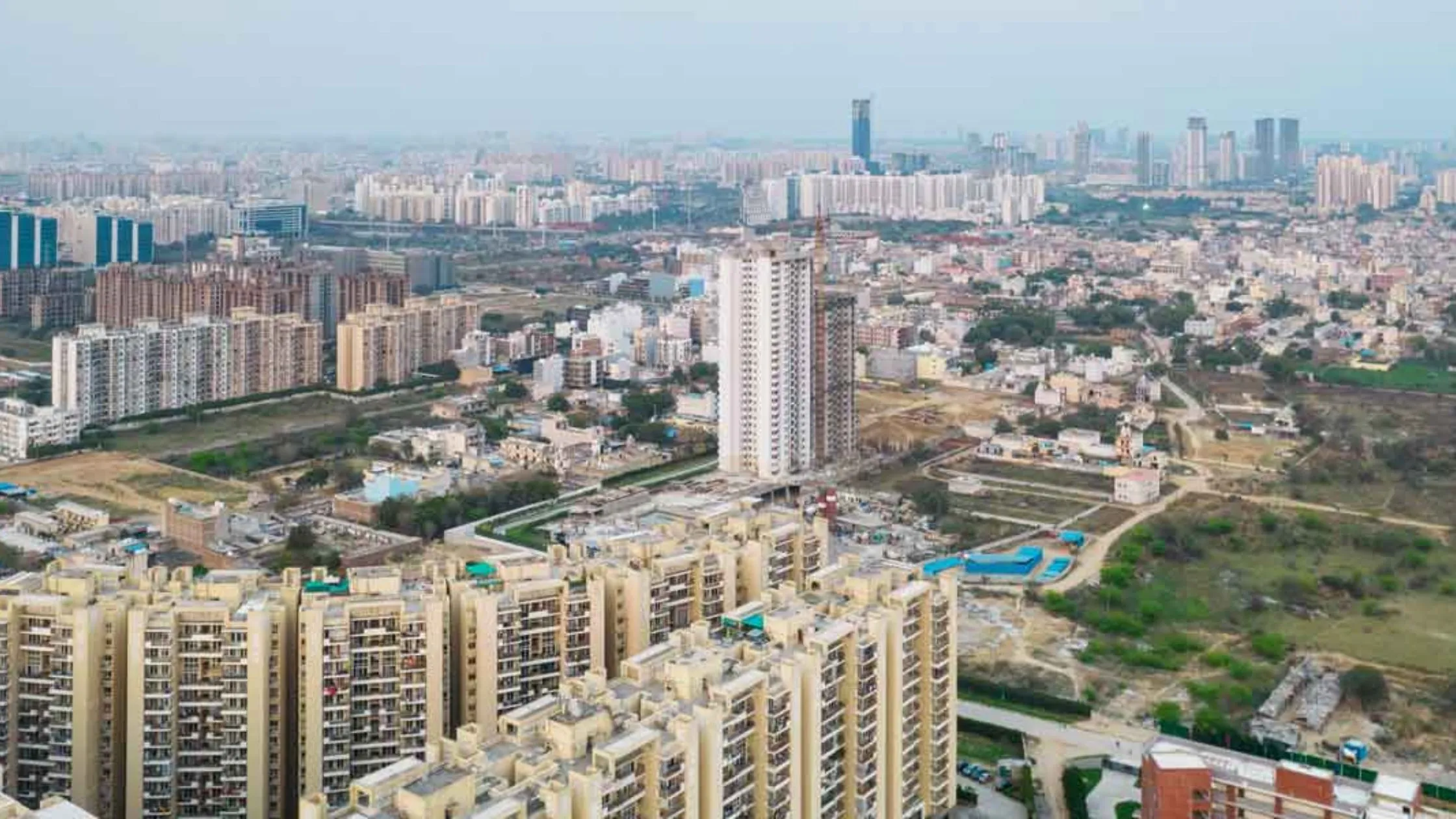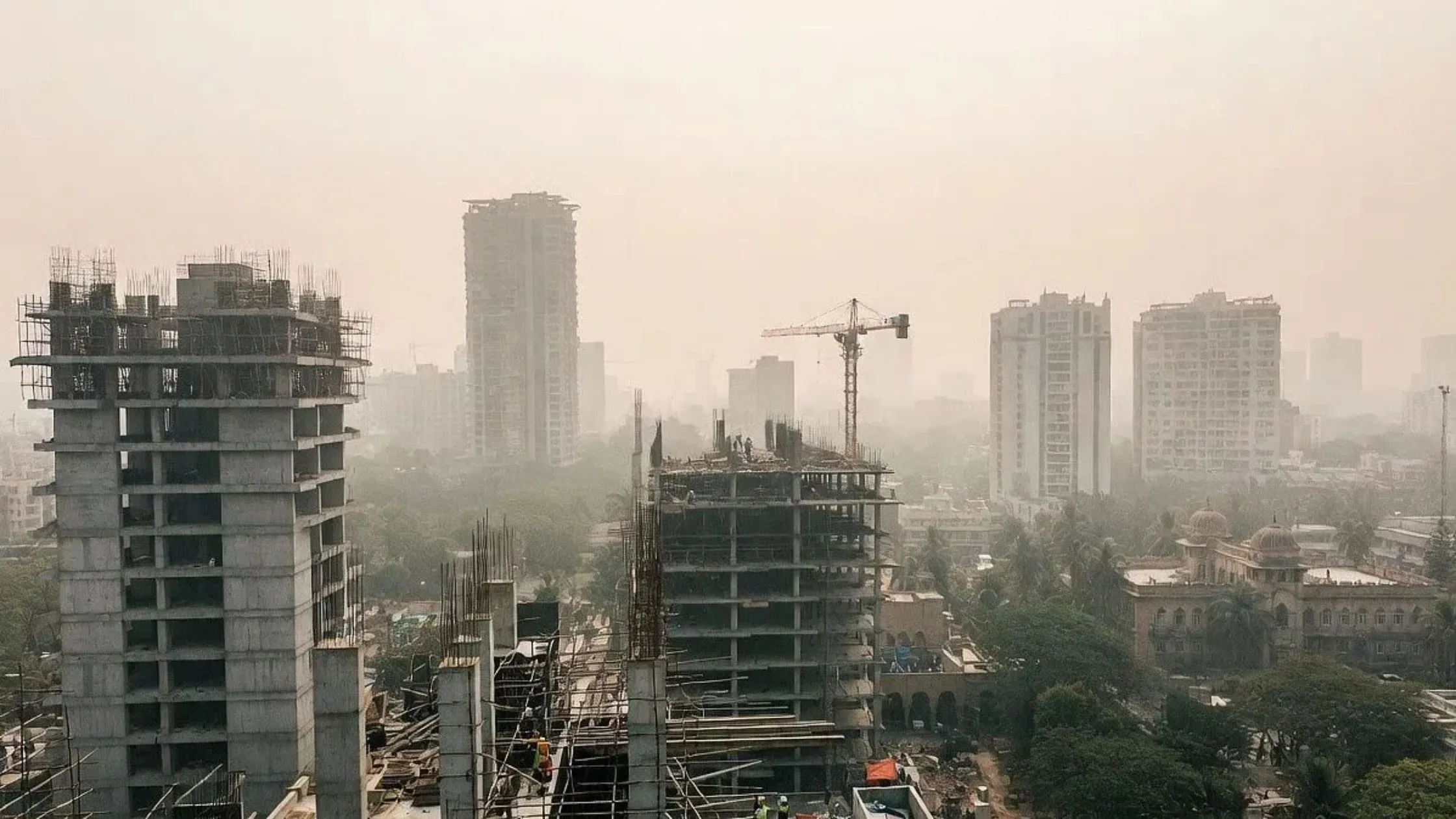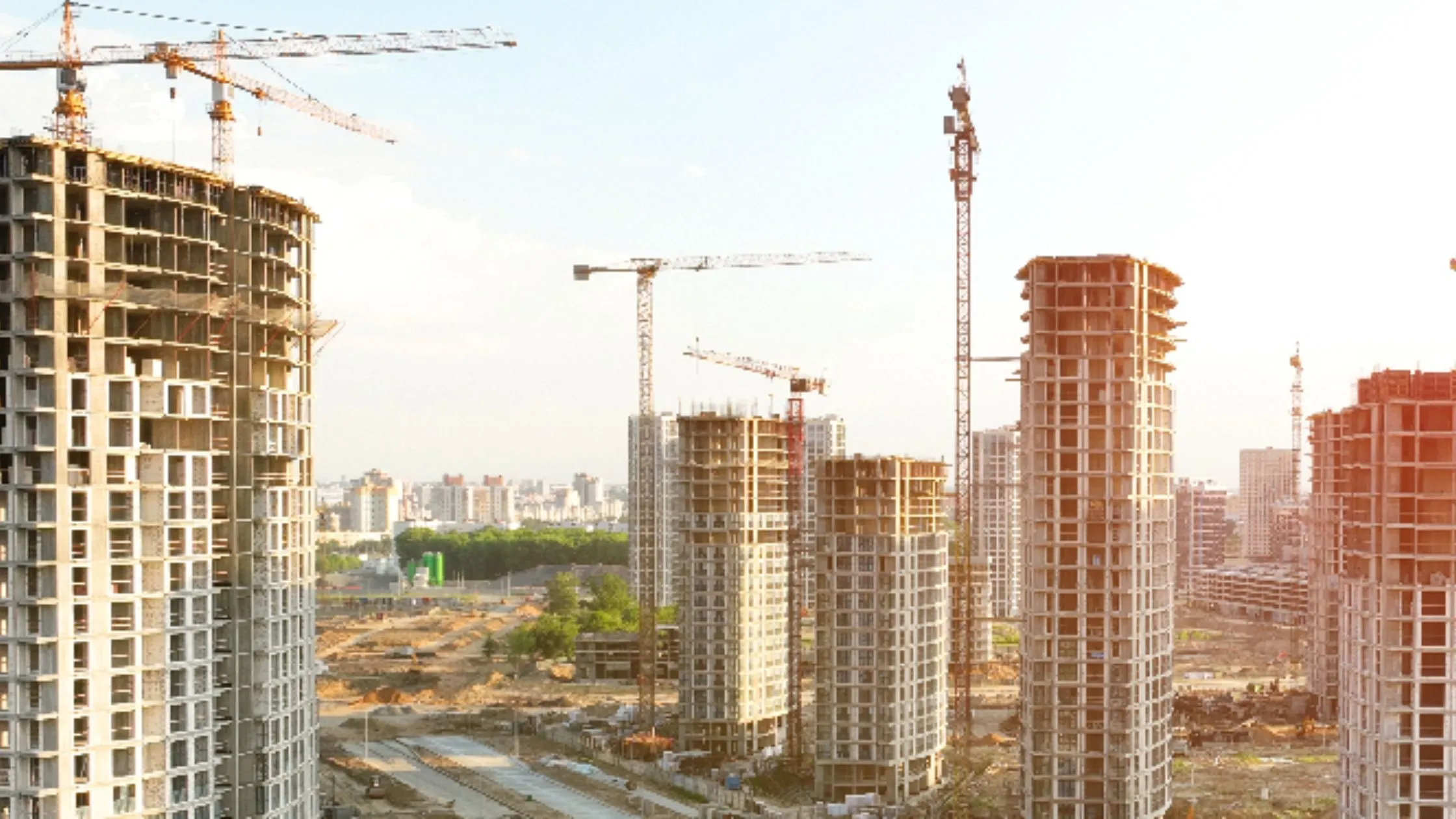Table of Content
On January 22, Prime Minister Narendra Modi presided over a meeting to inaugurate the Pradhan Mantri Suryodaya Yojana, aiming to implement rooftop solar installations in one crore houses. After returning from Ayodhya, the Prime Minister announced on the social platform X (Twitter) that the government's first decision would be the launch of the Pradhan Mantri Suryodaya Yojana. The objective is to install rooftop solar systems in 1 crore houses, not only reducing the electricity expenses for the poor and middle class but also fostering self-reliance in India's energy sector.
Pradhan Mantri Suryodaya Yojana key facts
Under the scheme, rooftop solar panels will be installed at one crore poor and middle-class households that will help generate power from solar energy. According to Modi, the power of the sun could be harnessed by every household with a roof to reduce their electricity bills, and to make them truly independent for electricity needs.
The PM also directed that a massive national campaign should be started to mobilise residential segment consumers to adopt rooftop solar in large numbers.
What are rooftop panels?
Solar photovoltaic (PV) panels are positioned on the rooftops of buildings to produce electricity. The electricity generated by the rooftop solar system can fulfill the energy needs of the buildings, charge batteries for future use, or be sent back to the electricity grid. In addition to the solar PV panels, a rooftop solar system includes various components like an inverter, module mounting structure, wires and cables, monitoring and safety equipment, meters, and other essential elements.
Also Read: Yeida announces new plot scheme 2024: How to apply?
Advantages of rooftop solar system
- Saving on electricity bill
- Utilisation of available vacant roof space
- Low gestation period
- No additional requirement for transmission and distribution lines
- Reduces T&D losses as power consumption and generation are collocated
- Improvement in the tail-end grid voltages and reduction of system congestion
- Long-term energy and ecological security by reduction in carbon emission
According to the Ministry of new and renewable energy, under Rooftop Solar Programme Phase-II, around 3,377 megawatts of capacity has been allocated to various state implementing agencies for the residential sector as of February 28, 2023, against the target capacity of 4,000 MW. An amount of Rs 2917.59 crore has been released to them under the programme. Also, 4.3 lakh beneficiaries were reported to benefit under the Rooftop Solar Programme Phase-II.
Also Read: 8 key infrastructure projects in Lakshadweep Islands
Who is eligible to apply for Pradhan Mantri Suryodaya Yojana?
The scheme is meant for poor and middle-income households.
What documents are needed to apply for Pradhan Mantri Suryodaya Yojana?
Just like any other government-run scheme, the applicant will have to submit identity proof, address proof, proof of income, and date of birth proof to apply for the scheme once registrations for it open.
The following documents can be submitted to apply for the scheme:
- Aadhaar
- Voter ID
- Ration card
- Electricity bill
- Income proof
- Bank account passbook
How to apply for Pradhan Mantri Suryodaya Yojana?
The PM has announced the scheme on January 22, 2024. The government has yet to notify the process for registration for the scheme.
Also Read: Lodha Launches 250 Plots In Ayodhya Starting at Rs 1.72 Crore








Ans 1. Rooftop solar PV systems can be installed on any type of roof having sufficient load bearing capacity.
Ans 2. Solar modules need uninterrupted sunlight to produce maximum electrical energy. With the shadow even on a part of the module, productivity reduces to a great extent, wasting installed system capacity. Also, prolonged (regular, though intermittent) shadow on some cells or modules reduces their life substantially and these become useless much before their standard life of over 25 years.
Ans 3. No, the daily energy generation from the RTS will depend on the temperature and solar irradiance among other parameters and these may not be the same every day.
Ans 4. No. On exposure to sunlight and outside environment, the solar module loses generation capacity.